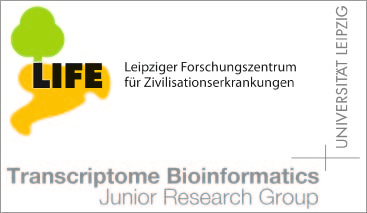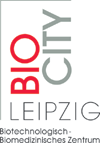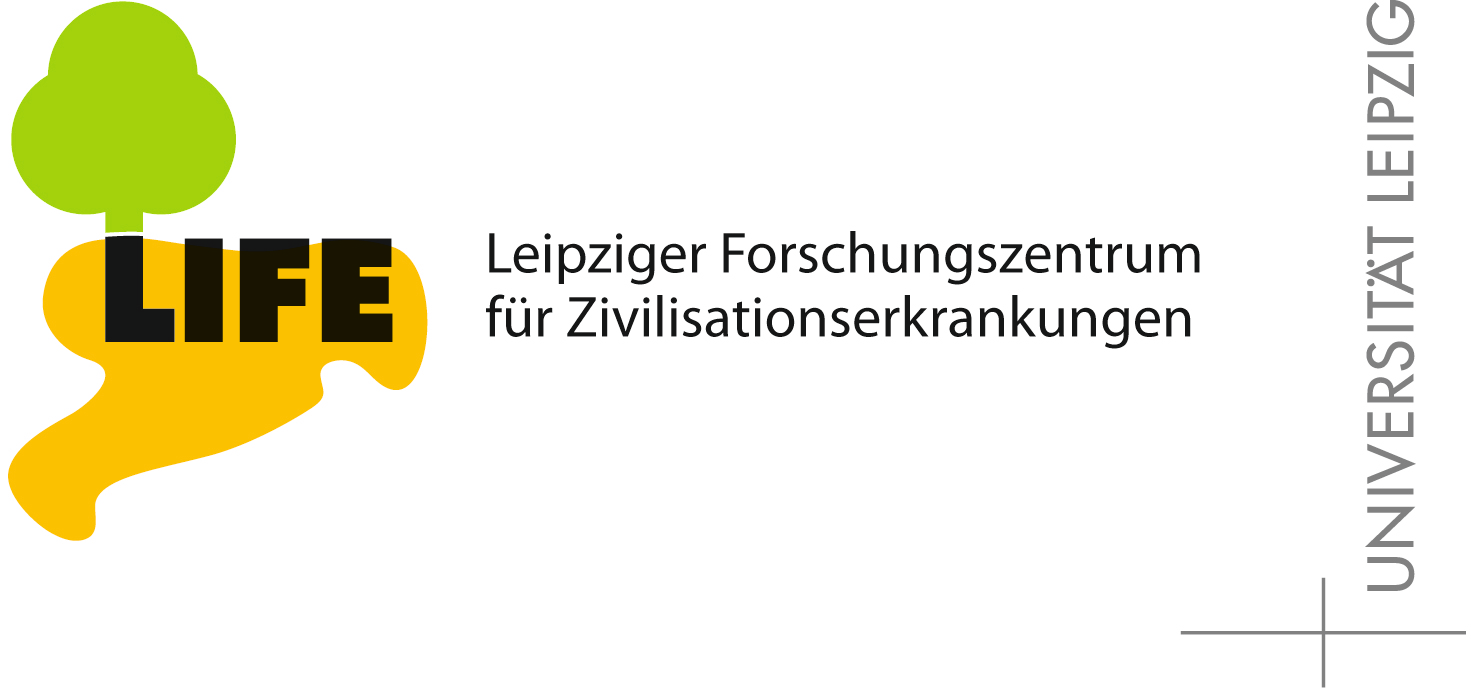Publications - Published papers
Please find below publications of our group. Currently, we list 565 papers. Some of the publications are in collaboration with the group of Sonja Prohaska and are also listed in the publication list for her individual group. Access to published papers ( ) is restricted to our local network and chosen collaborators.
If you have problems accessing electronic information, please let us know:
) is restricted to our local network and chosen collaborators.
If you have problems accessing electronic information, please let us know:
 ) is restricted to our local network and chosen collaborators.
If you have problems accessing electronic information, please let us know:
) is restricted to our local network and chosen collaborators.
If you have problems accessing electronic information, please let us know:©NOTICE: All papers are copyrighted by the authors; If you would like to use all or a portion of any paper, please contact the author.
Fast assembly of the mitochondrial genome of a plant parasitic nematode (Meloidogyne graminicola) using next generation sequencing
Guillaume Besnard, Frank Jühling, Élodie Chapuis, Loubab Zedane, Émeline Lhuillier, Thierry Mateille, Stéphane Bellafiore
Download
PREPRINT 15-001:
[ Publishers's page ]
[ Publishers's page ]
Status: Published
Comptes Rendus Biologies Volume 337, Issue 5, May 2014, Pages 295–301
Abstract
Little is known about the variations of nematode mitogenomes (mtDNA). Sequencing a complete mtDNA using a PCR approach remains a challenge due to frequent genome reorganizations and low sequence similarities between divergent nematode lineages. Here, a genome skimming approach based on HiSeq sequencing (shotgun) was used to assemble de novo the first complete mtDNA sequence of a root-knot nematode (Meloidogyne graminicola). An AT-rich genome (84.3%) of 20,030 bp was obtained with a mean sequencing depth superior to 300. Thirty-six genes were identified with a semi-automated approach. A comparison with a gene map of the M. javanica mitochondrial genome indicates that the gene order is conserved within this nematode lineage. However, deep genome rearrangements were observed when comparing with other species of the superfamily Hoplolaimoidea. Repeat elements of 111 bp and 94 bp were found in a long non-coding region of 7.5 kb, as similarly reported in M. javanica and M. hapla. This study points out the power of next generation sequencing to produce complete mitochondrial genomes, even without a reference sequence, and possibly opening new avenues for species/race identification, phylogenetics and population genetics of nematodes.
Keywords
keywords















